People of India: Punjab (Volume XXXVII)
Synopsis
The Anthropological Survey of India launched the People of India project (POI) on 2 October 1985 to generate an anthropological profile of all communities of India, the impact on them of change and development process and the links that bring them together. As part of this all-India project the ethnographic survey of all communities of present day Punjab (95) was taken up in collaboration with local scholars. The results of the survey were discussed at the workshops held at Dehradun in November 1985 and October 1987 and at Patiala in August q1989. The land of the five rivers was known as panchanad in the ancient period, and as Punjab in the medieval period. Punjabiyat is a recent concept, but the regional identity denoted by it has long been shaped by language, territory, literary and folk traditions, classical and folk art forms including the vigorous bhangra, cuisine, dress including headgear and so on. Punjab has witnessed far reaching ethnographic changes since the last ethnographic accounts were written. Partition entailed immigration of populations of the Hindus and Sikhs. The reorganization of the Punjabi Suba led to the rise of the Sikhs as the dominant community. Of the ninety-five communities studied under the People of India project in Punjab the Scheduled Castes form a major chunk. The state is divided into three distinct eco-cultural zones, defined by the dialects of Punjabi language. While Punjabi is the most widely spoken other languages are also spoken by local communities and immigrants, all belonging to the Indo-Aryan family. The ethnographic traits that stand out in Punjab include inter alia, heterogeneity, ethnic consolidation, village exogamy, fraternal polyandry, marriages by negotiation and exchange and by consent, clan endogamy, parallel and cross-cousin marriages and persistence of extended family along side nuclear family sororate and levirate, widow remarriage and divorce. Punjab has been in the forefront of the green and white revolutions with the highest per capita income and lowest poverty levels. Punjab has reported lower infant morality and higher female literacy. Amidst reports of gender discrimination, even gender violence, the status of women generally perceived as low has improved particularly among middle classes. However, widespread practice of foeticide highlighted by the census of 2001, is a cause for concern.
Read more
27.00
24.3
$
30.00 $
Free delivery Wolrdwidе in 10-18 days
Ships in 1-2 days from New Delhi
Membership for 1 Year $35.00
Get it now and save 10%
Get it now and save 10%
BECOME A MEMBER
Books by the same authors
-
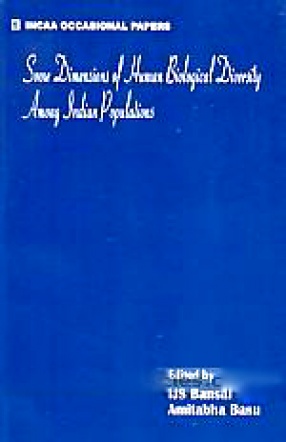
Some Dimensions of Human Biological Diversity Among Indian Populations
-
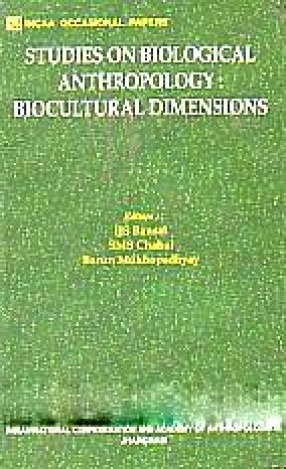
Studies on Biological Anthropology: Biocultural Dimensions
-
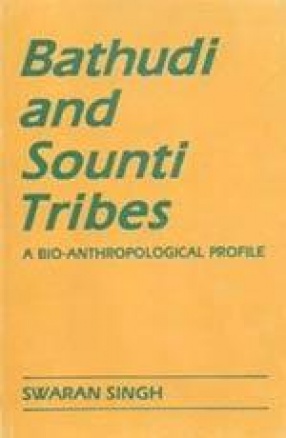
Bathudi and Sounti Tribes
-
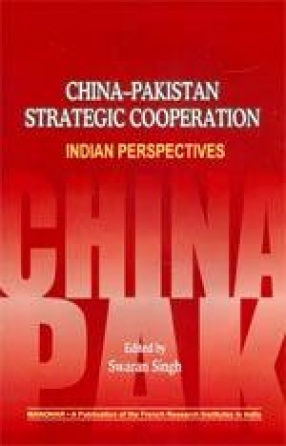
China-Pakistan Strategic Cooperation: Indian Perspectives
-
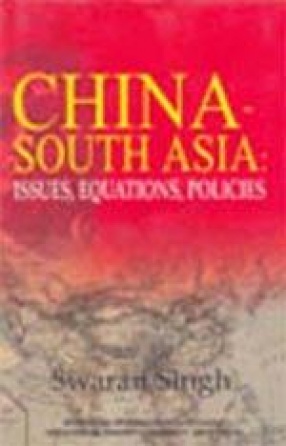
China-South Asia : Issues, Equations, Policies
-
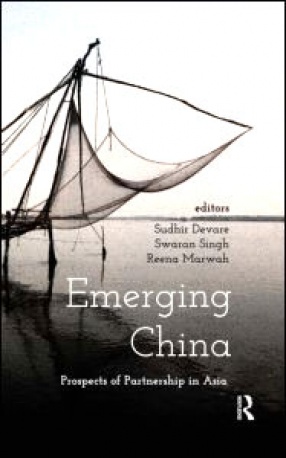
Emerging China: Prospects for Partnership in Asia

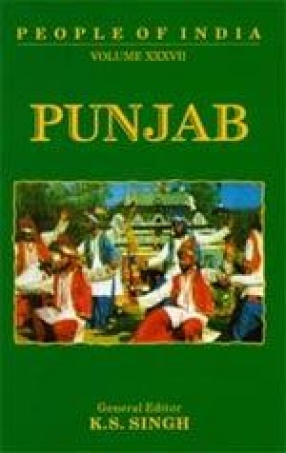

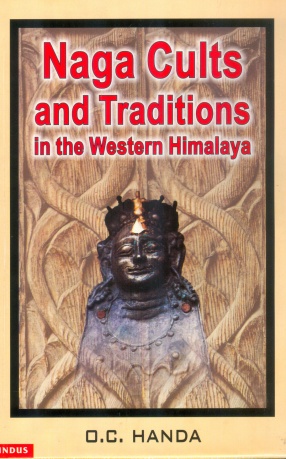
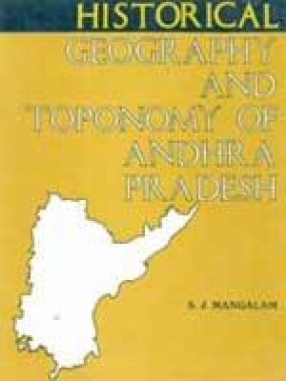
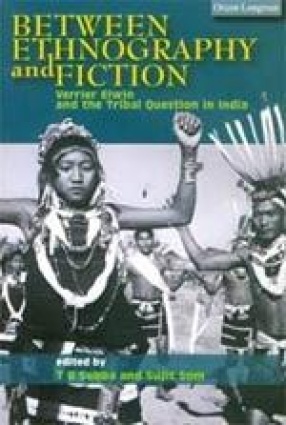

Bibliographic information
Swaran Singh